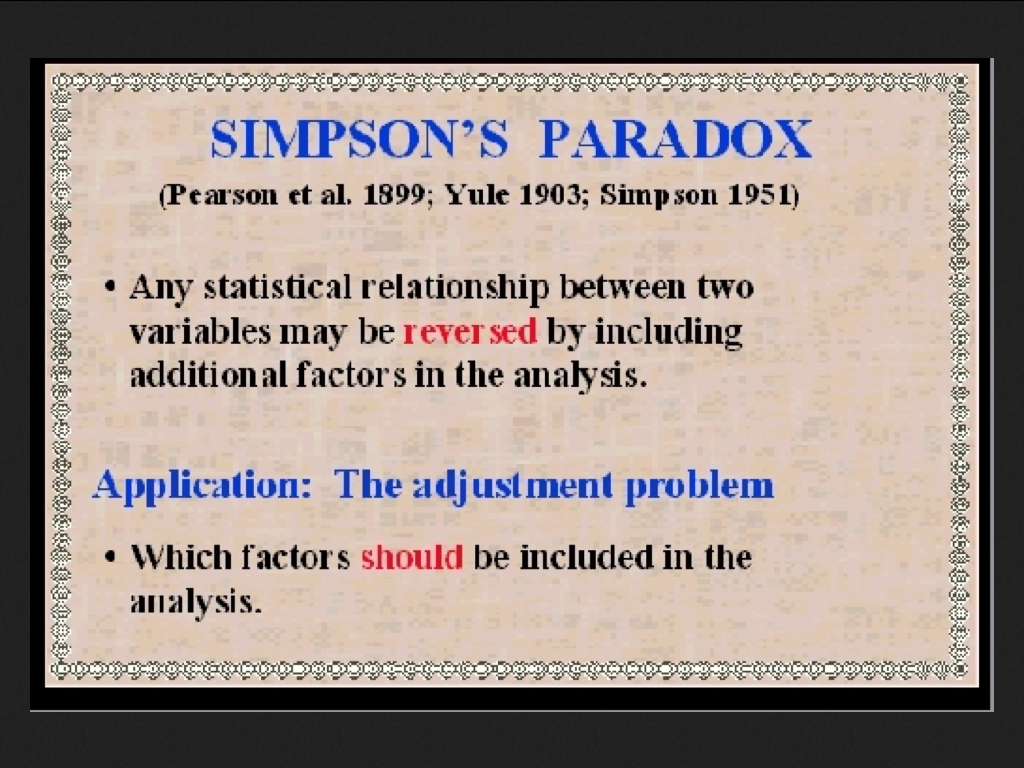Let's Put This Article to the Test!
Using the Principles of Data Interpretation, as described by Gerald W. Bracey, I will debunk this bloggers claim that NM is the worst state for child well-being. I will use their claims on the Basis of a Child's Well-Being and discuss how the claims of the research are based on faulty use of data."Basis" of a Child's Well Being
According to the report the domains that define a child's well being are as follow:- Family Economic Well-Being
- Health
- Safe/Risky Behavior
- Education Attainment
- Community Engagement
- Social Relationships
- Emotional/Spiritual Well-Being
Defending NM on the Basis of Child Well Being #3:
The first Principals of Data Interpretation that comes to mind seems to be the simplest, yet in this case, hold the most power. Principals 1 & 2. We (the audience) are not given the opportunity to 1. Do the arithmetic because they neglected to follow the second principal which is, show me the data: No where in the report do they show the actual data rather they refer to data collected by
O‘Hare, William P. 2006.―Developing State Indices of Child Well-Being. Chart is below:
Using the information from this chart alone, I can see that the authors are neglecting to follow Principal #3: Beware of selective data. Refer to #5 on the chart above, "Teen Birth Rate (percent ages 16-19 not in school/not graduates), 2003. In the study, this data was used in reference to Safe/Risky Behavior. I feel safe to assume that the "risky behavior" is teen sex. Why would they only use teen birth rates as a factor, and not teen pregnancies, or sexually transmitted diseases? Selective data.
Another issue that falls under the Safe/Risky Behavior category is the drug abuse. Whereas New Mexico, like many states, is plagued with the disease of drug abuse...it is not the worst state, as indicated in the demeaning information of the blog. View the map below:
According to the US Department of Health and Human Services, New Mexico has a high incident of drug abuse, but it is not the highest in the nation. The data indicates that New Mexico has less of a problem than that of Colorado, Oregon, Washington, Hawaii, Wyoming, New Hampshire and Vermont. So, again, New Mexico is not "the worst."
Defending NM on the Basis of Child Well-Being #4: Educational Attainment
“Another
a good example of state differences is support for public education, which is
by far the largest program for children and is largely driven by state and local
funds and decision making.” Foundation for Child Development (another source of data for the blog in question).
Per-pupil
expenditures ranged from $6,951 in Idaho to $17,620 in New Jersey in 2007."
According
to the Census Bureau’s report found on the Governing The States and Localities
website shows that NM spends $9,070 per student. This places New Mexico well in the middle
with New York leading in revenue per student by spending $19,026 and Utah
spending the least at $6,212. According
to the report, Utah was ranked as one of the top ten states; however, in referencing
the characteristics of student wellness, Educational Attainment, Utah is the
state the spends the least amount per student, not New Mexico.
To conclude this blog post, by researching the data, I was able to find errors in a "statistically" based article. The lesson learned from reading Gerald Bracey's book Reading Educational Research How to Avoid Getting Statistically Snookered is how often statistics are misused to mislead audiences in following an agenda or tooting ones own horn. I have yet to see where New Mexico comes in dead last in an area listed in the "Basis of Child Well-Being." Is New Mexico the top in the nation? No. Is New Mexico the worst in the nation? No.



